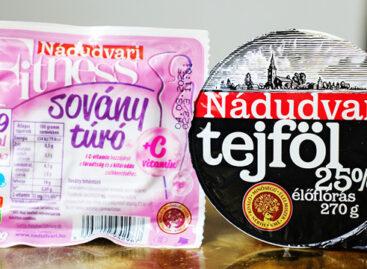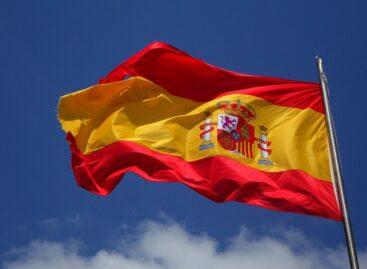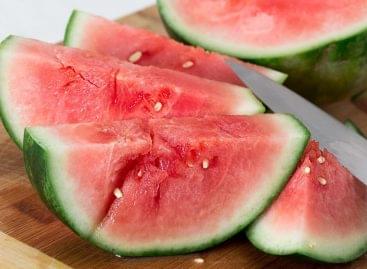The difficulties of the chocolate market: price increases, sustainability challenges and new trends
Chocolate has long been one of the most popular sweets, but the global chocolate market is currently facing serious challenges. Rising raw material prices, rising production costs, and sustainability issues are all having a combined impact on the industry and consumer habits. The price increase for chocolate is particularly noticeable in Hungary, which is further exacerbated by inflation and various tax burdens, Index points out in a recent article.
Price increase and inflation: 57% price increase in three years

According to data from the Central Statistical Office, the price of milk chocolate with hazelnuts has increased by 57% in three years: while in December 2021 the price of a 90–100 gram bar was 365 forints, by December 2024 it had increased to 574 forints. In addition to the significant increase in global cocoa beans, the increase in production, energy, and logistics costs also contributed to the price increase. The cocoa price of $14,000 per tonne measured in early 2024 was one of the highest levels in recent years, although the current level of $11,000 is also a serious burden for producers.
Challenges in cocoa production
The vast majority of cocoa production takes place in Africa, especially in Côte d’Ivoire and Ghana, where growing areas are at risk due to climate change and land degradation. Low incomes for smallholder farmers and ethical issues such as child labor further complicate sustainable production. There is increasing pressure on companies in European and American markets to adopt ethical and environmentally friendly production methods.
Hungarian tax burdens increase costs
In Hungary, in addition to the 27% VAT, which is one of the highest tax burdens in the world, the 4.5% retail tax, the National Health Product Tax (NETA), and the EPR fees also significantly increase the price of chocolate products. The instability of the Hungarian forint exchange rate further complicates the situation for manufacturers, as cocoa is purchased exclusively in dollars or euros.
Changing consumer habits and innovations
Consumers are increasingly looking for healthier alternatives, such as low-sugar, vegan or organic chocolates. Demand for premium products is stable, especially during the holiday season, while price-sensitive customers are focusing on private label and sale products. Innovation has included exotic flavors such as salted caramel or pistachio, as well as smaller, bite-size packages.
Sustainability and local opportunities
The consolidation of the global confectionery industry is turning to Asian markets, while in Europe, smaller, local producers are opening up opportunities to meet specific consumer needs. The growing demand for sustainable packaging and transparent supply chains is also setting new directions for the chocolate industry.
Related news
Tradition and innovation: this is how Nádudvari stays competitive in the food market
In today’s food market, it is not enough to simply…
Read more >The market is not the primary driver of green corporate decisions in Hungary
The sustainability strategies and investments of domestic companies will be…
Read more >Europe’s breadbasket could become a desert
Spain has become Europe’s leading producer of fruit and vegetables,…
Read more >Related news
Drought, technological competition and collaboration: the domestic melon season has begun
The 2025 Hungarian melon season starts amidst serious challenges: the…
Read more >Leadership change at Fornetti: Nándor Szabó is the new Managing Director
Nándor Szabó will take on the role of CEO of…
Read more >Change in Zwack management: Csaba Belovai is the new CEO of Zwack Unicum Plc.
According to the decision of the owners of Zwack Unicum…
Read more >






